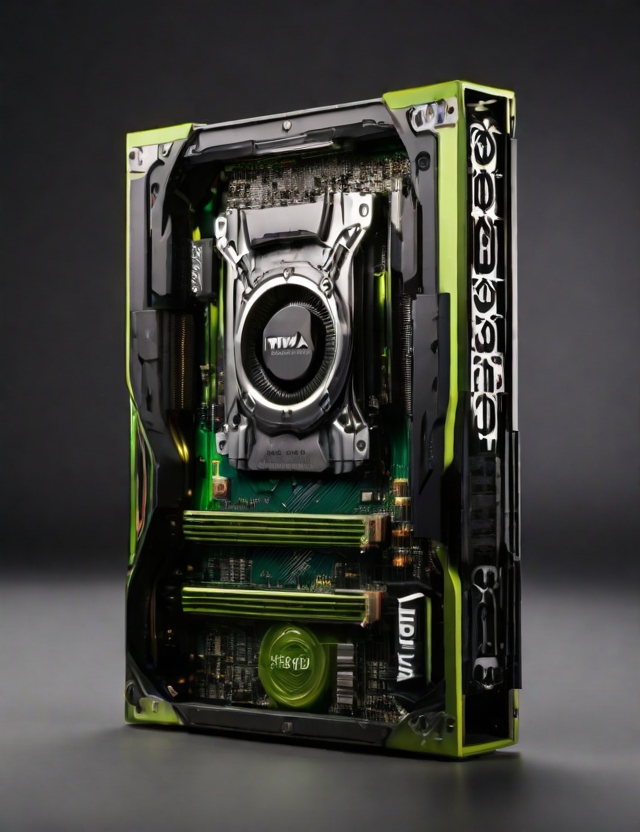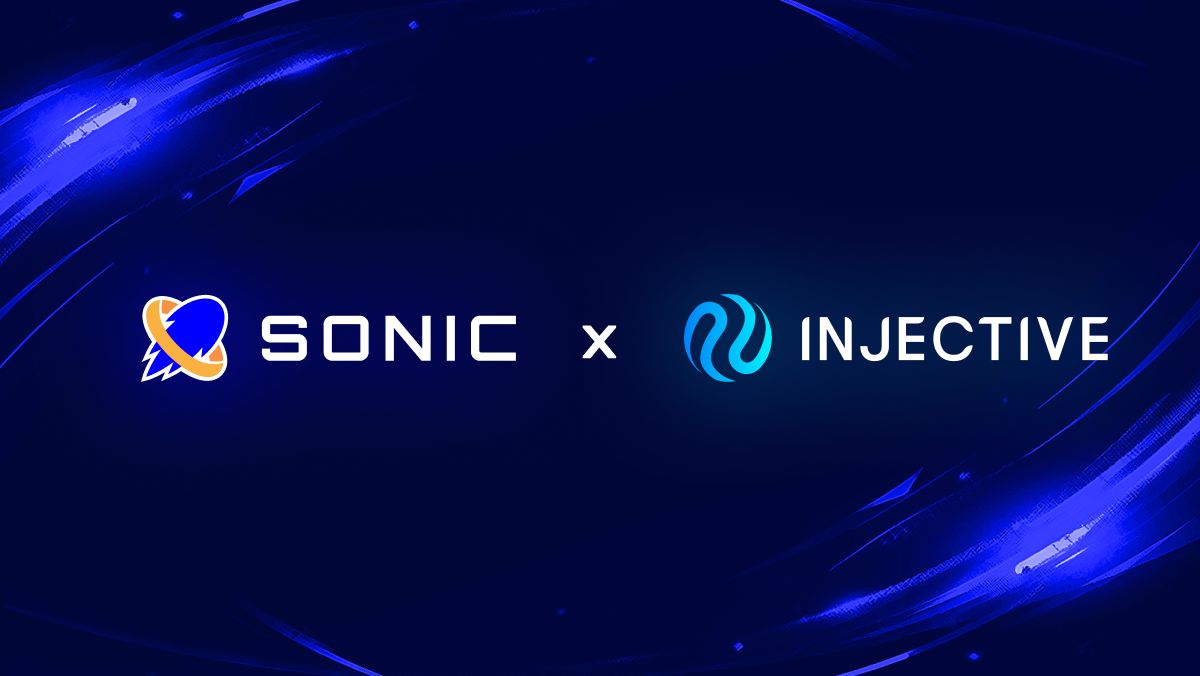In a remarkable leap for computer technology, Nvidia Corp.’s H100 data center chip has become a pivotal force in the artificial intelligence (AI) industry, pushing the company’s valuation over the $1 trillion mark. Launched in 2023, the H100 has not only solidified Nvidia’s position as a leader in AI but has also underscored the substantial economic potential of generative AI technologies. With demand skyrocketing, some customers face waits of up to six months, a testament to the chip’s critical role in advancing AI capabilities.
A glimpse into H100’s core
The H100 chip is named in honor of computing pioneer Grace Hopper and represents a significant advancement over traditional graphics processing units (GPUs). Originally designed to enhance gaming experiences through realistic visuals, GPUs like the H100 have been optimized for processing large volumes of data and computations at unprecedented speeds. This makes them ideal for training AI models, a task that requires immense computational power. Nvidia’s foresight in the early 2000s to adapt its GPUs for parallel processing tasks has paid off, allowing the company to dominate the AI market.
The H100 stands out for its ability to accelerate the training of large language models (LLMs) four times faster than its predecessor, the A100, and respond to user prompts thirty times quicker. This efficiency is crucial for AI development, where speed in training models translates directly into competitive advantage and innovation.
Market leadership and competitive edge
Nvidia’s journey to becoming an AI powerhouse began with its pioneering work in graphics chips and a strategic pivot to leverage its technology for AI applications. Today, it controls approximately 80% of the accelerator market in AI data centers, a testament to its innovation and the high performance of its products. Despite efforts from competitors like AMD and Intel, and in-house chip development by tech giants such as Amazon, Google, and Microsoft, Nvidia remains largely unchallenged.
The company’s success is not solely due to hardware superiority but also to its comprehensive ecosystem, including the CUDA programming language that allows for custom AI applications. This, combined with rapid updates to both hardware and supporting software, keeps Nvidia ahead of its rivals.
What lies ahead for Nvidia
Nvidia is not resting on its laurels. The company has announced plans to launch the H200 later this year, a successor to the H100, followed by a more significant update with the B100 model. This roadmap indicates Nvidia’s commitment to continuous innovation and its strategy to cement its leadership in the AI sector. CEO Jensen Huang’s proactive approach in promoting these technologies to both governments and private entities suggests a broader vision for AI’s role in future technological landscapes.
AMD and Intel are stepping up their game, with AMD’s MI300X targeting Nvidia’s market segment and Intel focusing on AI-specific chips. However, Nvidia’s integrated approach, combining superior hardware performance with a robust programming and deployment ecosystem, gives it a distinct advantage. The company’s strategy of making it easier for existing customers to upgrade further solidifies its position in the market.
Nvidia’s H100 chip has not only transformed the AI industry but has also proven the immense value and potential of generative AI technologies. As the company leads the charge with continuous innovation and strategic market positioning, it remains at the forefront of a technological revolution that is reshaping industries and businesses worldwide. With the H200 and B100 on the horizon, Nvidia is poised to continue its dominance in the AI sector, driving forward the boundaries of what’s possible with artificial intelligence.





